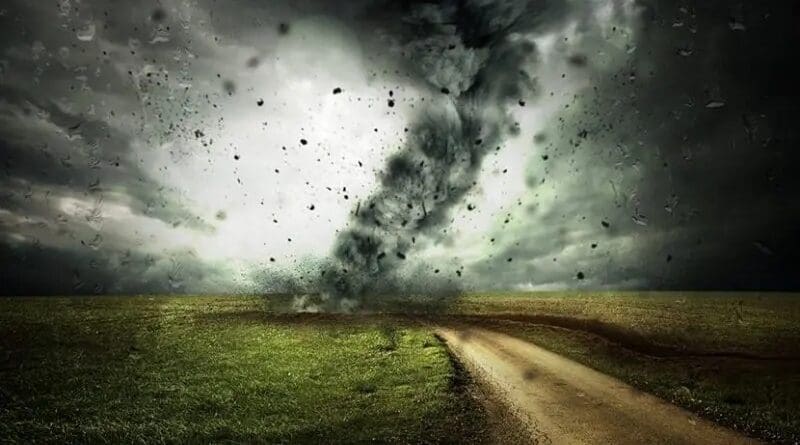Simpler Models May Be Better For Determining Some Climate Risk
Typically, computer models of climate become more and more complex as researchers strive to capture more details of our Earth’s system, but according to a team of Penn State researchers, to assess risks, less complex models, with their ability to better sample uncertainties, may be a better choice.
“There is a downside to the very detailed, very complex models we often strive for,” said Casey Helgeson, assistant research professor, Earth and Environmental Systems Institute. “Sometimes the complexity of scientific tools constrains what we can learn through science. The choke point isn’t necessarily at the knowledge going into a model, but at the processing.”
Climate risks are important to planners, builders, government officials and businesses. The probability of a potential event combined with the severity of the event can determine things like whether it makes sense to build in a given location.
The researchers report online in Philosophy of Science that “there is a trade-off between a model’s capacity to realistically represent the system and its capacity to tell us how confident it is in its predictions.”
Complex Earth systems models need a lot of supercomputer time to run. However, when looking at risk, uncertainty is an important element and researchers can only discover uncertainty through multiple runs of a computer model. Computer time is expensive.
“We need complex models to simulate the interactions between Earth system processes,” said Vivek Srikrishnan, assistant research professor, Earth and Environmental Systems Institute. “We need simple models to quantify risks.”
According to Klaus Keller, professor of geosciences, multiple model runs are important because many events of concern such as floods are, fortunately, the exception, not what is expected. They happen in the tails of the distribution of possible outcomes. Learning about these tails requires many model runs.
Simple models, while not returning the detailed, complex information of the latest complex model containing all the bells and whistles, can be run many times quickly, to provide a better estimate of the probability of rare events.
“One of the things we focus on are values embedded in the models and whether the knowledge being produced by those models provides decision makers with the knowledge they need to make the decisions that matter to them,” said Nancy Tuana, DuPont/Class of 1949 Professor of Philosophy and Women’s, Gender, and Sexuality Studies.
Determining an appropriate model that can address the question and is still transparent is important.
“We want to obtain fundamental and useful insights,” said Keller. “Using a simple model that allows us to better quantify risks can be more useful for decision-makers than using a complex model that makes it difficult to sample decision-relevant outcomes.”
Srikrishnan added, “We need to make sure there is an alignment between what researchers are producing and what is required for real-world decision making.”
The researchers understand that they need to make both the producers and users happy, but sometimes the questions being asked do not match the tools being used because of uncertainties and bottlenecks.
“We need to ask ‘what do we need to know and how do we go about satisfying the needs of stakeholders and decision makers?'” said Tuana.

